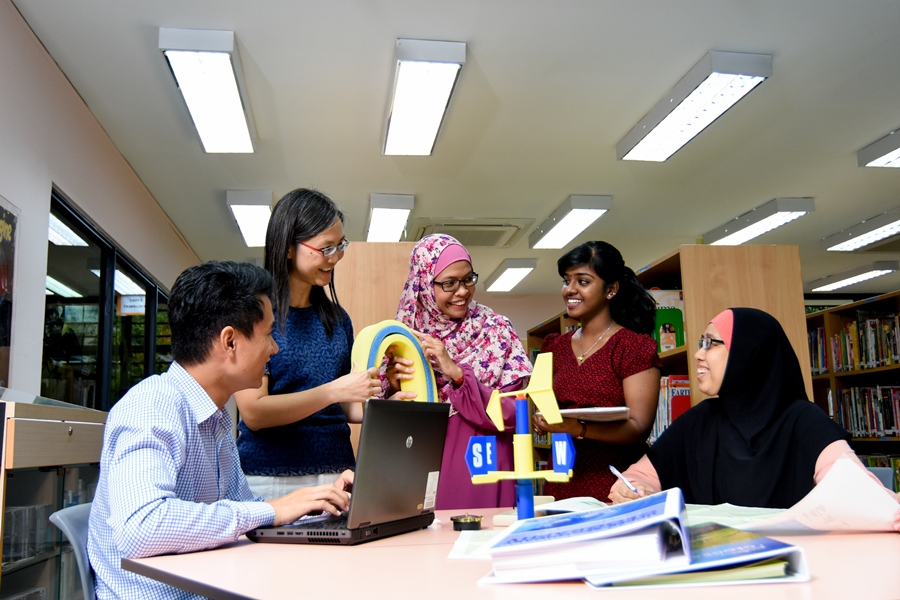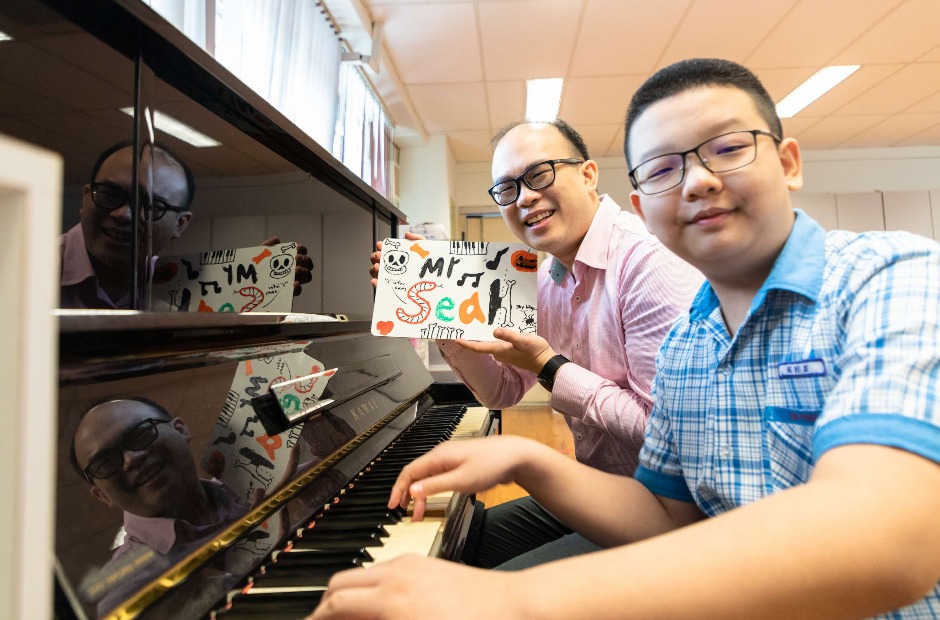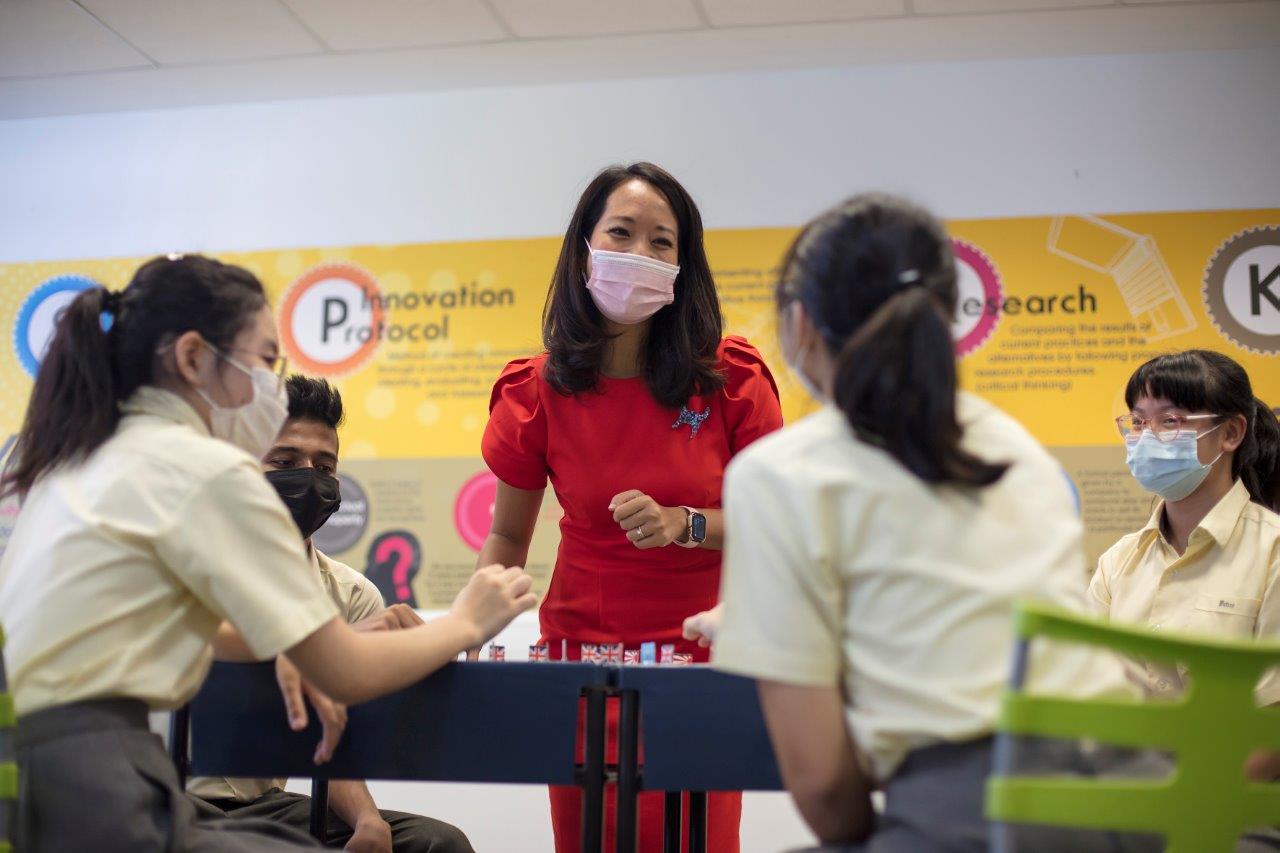Test Less, Learn More
03 Sep 2015


Madam Noryatimah Yunos noticed her students studying for the examinations at the last minute rather than revising consistently. Her solution? To do away with mid-year examinations, and introduce bite-sized assessments instead.
Noryatimah Bte Yunos, President’s Award for Teachers 2015 Finalist
Woodlands Ring Secondary School
I realised my students started mugging only two weeks before the examinations and would forget everything by the time examinations were over. My aim was to get them to study more regularly. I read a study by American researchers that suggested that mini tests at regular intervals could be more useful to learning.
My Principal, Mrs Kok Chwee Kee, was supportive, so we introduced short assessments of up to ten marks each. We would tell students when and what they would be tested on. Everyone was kept on their toes because we tested them every few weeks, yet it was manageable even for the weakest students, who became more inclined to study. Doing away with the mid-year examinations did not mean life would be easier for them. They knew every test counted.
In fact, these small assessments were a way for students to taste success. Success breeds success. Once they tasted success, they became hungry for more.
To our delight, we found that it worked. Students were studying more regularly. We discovered students’ weaknesses through the tests and could help them improve more immediately. Removing the mid-year examinations also meant we did not have to set aside term time to help students prepare and sit for examinations. We could have lessons all the way until the end of May and the semester became less rushed and more enjoyable.
Some teachers were worried that students would not be used to the rigour of examinations at the end of the year, so we introduced milestone tests in between. We kept the year-end examinations for both teachers and students to assess what they had learnt. We found that the mini tests allowed students to check their learning and prepared them better for the final-year examination.
In the two years that we piloted this, we have maintained our ‘O’ levels results. I am happy to say that the pilot run was such a success that we introduced this to all students from Secondary One to Three in 2012. It is still going strong!
Let Students Take Ownership of Learning
While removing the mid-year examination was a success, I knew that there was more – we had to give students more opportunities to take ownership of their learning.
Students now are different from our generation. When I was in school more than 30 years ago, we could sit for long hours and concentrate but today, children are used to multitasking. If we were to just talk to them, we would lose their attention. You need to involve them rather than dictate what they should do.
So we started teaching in a way that actively engaged them. We had them go out of class to gather data – this gave them the opportunity to work with their friends, be resourceful and think of strategies to solve any challenges faced. When they came back to class, I taught them to analyse the data, represent it in graphs, and provided feedback on their work before they presented it to their peers. We were co-constructing knowledge in a way that kept them engaged.
They took to this approach like fish to water and even went beyond what I imagined. I had taught them to conduct surveys and suggested they type out questions and I would print the forms out for them. They said, “No need, we will just do the survey online.” This way of learning has become second nature to them and they no longer ask me if a piece of work will be marked. They are more focused on the process of getting their work done, and doing it well, rather than on the end results alone.
Talent-spot a Child’s Strength
Apart from letting them take the lead when it comes to learning, I also ensure my students have opportunities to lead their friends in their areas of strength. This is important because when we focus on their strengths, they become more confident. If you focus on their weakness, it becomes a downward spiral. So I build them up and help them to improve.
I have seen enough examples over the years to know that this method works for even the most difficult child. If I have a misbehaving student, I start by tapping on his strength in simple ways, for example, getting his assistance to help me with my books. Then, I work on other strengths.
I did not realise how deep an impact this strategy had on my students until one of them, Darius, wrote me a testimonial for this award. He said he changed for the better because I did not label him a naughty boy. And since I treated him like other students, he rose to the occasion. I was very heartened to hear that.
This encourages me to look out for a student’s strengths and for opportunities in the school to harness that strength. It means spending time with them outside lessons to observe them.
Another example would be a student who came into school with a high T-score but was disengaged at the lower secondary level. When she came to my class in Secondary Three, I noticed she had leadership qualities and was good in English. I decided to tap on those strengths. Whenever the class needed to make announcements to the school for activities like fund-raising, she represented them. She is now a leader and a voice for the class. She confided in me that after I entrusted her with responsibility, she began to have a higher level of self-esteem.
I do the same thing with my teachers. We have a family-like culture and work together for the common good of our students. I keep everyone’s strengths constantly in my mind, and match strengths with opportunities.
Empower Teenagers to Help Others
I encourage students to take charge of their learning and also to use their talents to make a difference to those around them.
When they had a Values-in-Action project for the elderly, they chose to help an old lady who collects cardboard boxes. They helped her with the collection, packing and sales. I was impressed with their sincerity to help someone in need. The old lady appreciated their support and her simple stories taught my students the importance of being independent and having resilience when they are faced with challenges.
Our role as teachers is to impart the right values to our students, empower them to take ownership of their learning and make a difference to their families and society.
Mdm Noryatimah Bte Yunos, 48
Lead Teacher (Geography)

.jpg)



